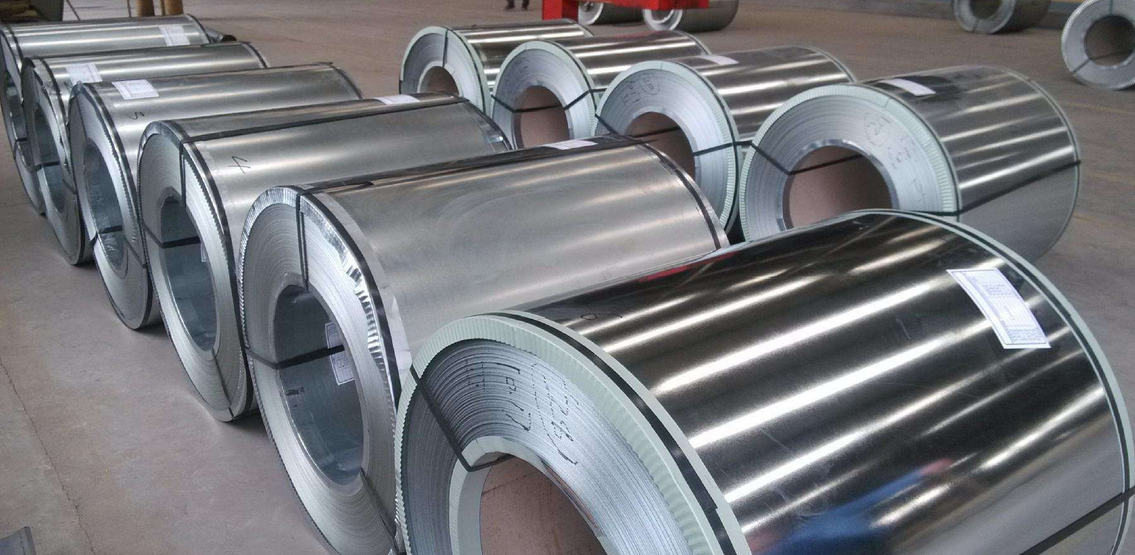One. Different materials
1. DX53D+Z: DX53D+Z zinc plating generally adopts DC03 or DC04 substrate.
2. DX51D+Z: The galvanizing of DX51D+Z adopts DC01 substrate.
Second, the characteristics are different
1. DX53D+Z: The galvanized sheet should have a good appearance, and should not have defects that are harmful to the use of the product, such as no plating, holes, cracks and scum, excess plating thickness, scratches, chromic acid dirt, white rust, etc.
2. DX51D+Z: The carbon content is small, the elongation is higher, and the stamping and ductility are general.
3. Different market prices
The price of galvanized sheet DX53D+Z is higher than that of galvanized sheet DX51D+Z.
Mechanical properties of galvanized sheet DX53D+Z and DX51D+Z:
1. Tensile test:
1. Performance indicators: Generally speaking, only galvanized sheets for structural, tensile and deep drawing have tensile performance requirements. Among them, the galvanized sheet for structural use requires yield point, tensile strength and elongation, etc.; for tensile use, only elongation is required. For specific values, please refer to the relevant product standards in “8″ of this section;
2. Test method: the same as the general thin steel plate test method, see the relevant standards provided in “8″ and the test method standards listed in “ordinary carbon steel thin plate”.
2. Bending test:
Bending test is the main item to measure the process performance of thin plate, but the requirements of various national standards for various galvanized sheets are not consistent. Except for the structural grade, the American standard does not require bending and tensile tests. In Japan, except for structural grade, building corrugated board and general corrugated board, bending test is required.
Post time: Jul-25-2022
